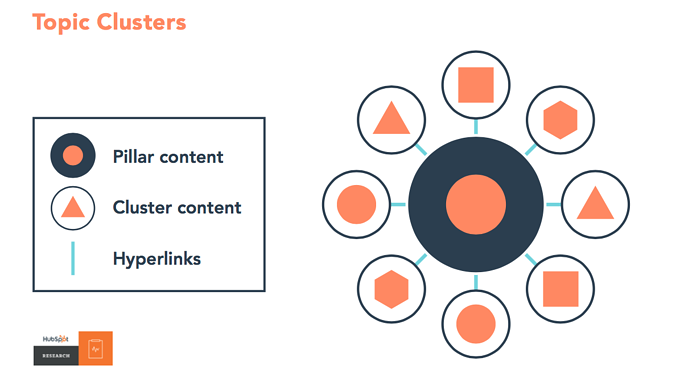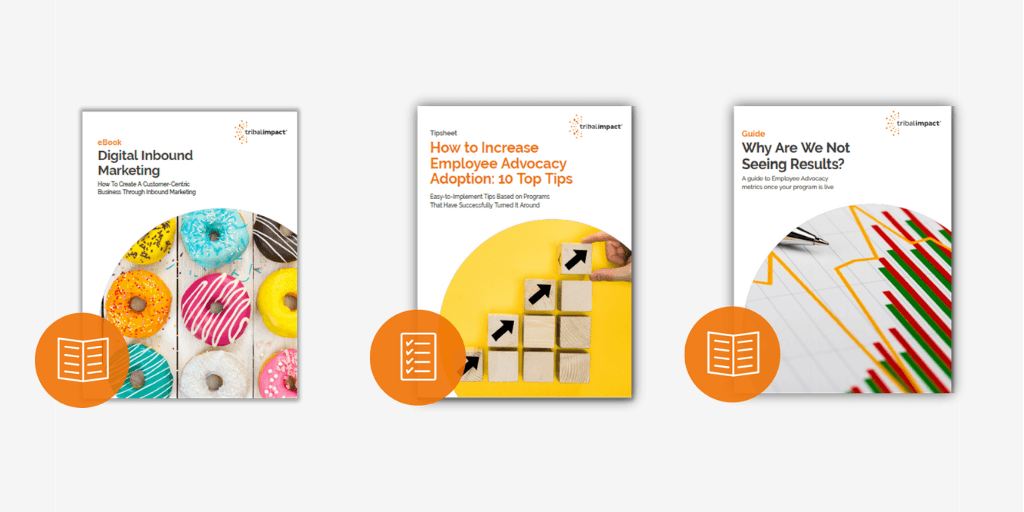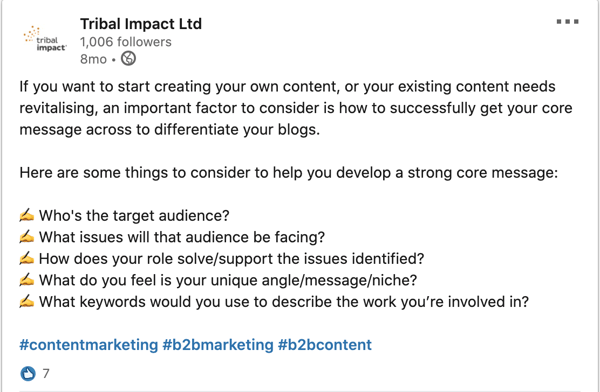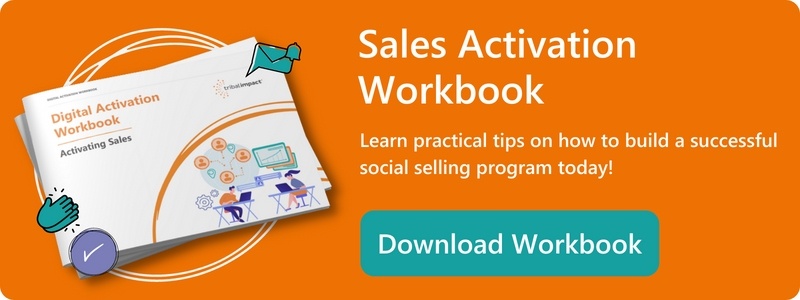The average blog post now takes 3 hours and 57 minutes to write - up 65% from 2014. So how do people manage to spend twice as long promoting content as they do creating it? By repurposing blog content to free up resources.
We’ve all heard the phrase that you should spend twice as long promoting your content as you do creating it. Yet for many marketers it seems implausible.
Neil Patel’s claim that you can create a blockbuster post in 45 mins would have any content writer wondering what they were doing wrong. Luckily, Orbit Media’s Annual 2019 Annual Blogging Survey shows what we all know: blogging takes time. And a 65% increase in the time taken to write a blog from 2014 is reflective of the move towards more informative blog posts.
Yet the good news is, all the hard work that goes into creating blogs - the writing, the media sourcing and the uploading - can be repurposed quite easily. Freeing up time to spend on promotion.
The best part is: you already know which topics are performing the best. Here are five ways to turn that knowledge into powerful additional content that can generate more leads and traffic. Easily.
1. Pillar Pages
Buyers online search habits have changed. They prefer a one-stop go-to resource where they can navigate easily to what they want to read. (Think Wikipedia.)
Google’s algorithm reflects this, with Google RankBrain’s factors including:
- Click-Through-Rate
- Dwell Time (time spent on page)
- Bounce Rate
- Pogo-Sticking (clicking in and out of search results)
Pillar pages are an in-depth, ungated page broadly covering a core topic with easy navigation links to each section. Each section then links to more comprehensive cluster content on your website, such as blogs, landing pages etc.
Structuring your content in this way tells Google that you are the go-to source for a certain subject because not only do you have a broad and comprehensive piece of content on a subject, you also have supporting content which deep dives into the different areas of your pillar page.
This is where your blogs come in! Your blogs should already centre around core inbound marketing campaign topics and the business’ area(s) of expertise. This means your blogs can become the ‘cluster content’ around your most comprehensive piece of content on the subject - in this case, your pillar page.

Here’s an example of one of our pillar pages. You’ll see throughout the copy we link to blog posts, all of which relate to the core topic.
You can also build pillar pages using your existing blogs, so creating these in-depth pages doesn’t have to be a time or resource intensive task. Why not take your best blogs on a single subject, structure them into sections and add a little narrative?
It’s generally recommended that you have at least 8 sections and a Databox survey shows that most are 2000-4000 words in length. But it’s much easier to write an overview of the sub-topic than writing something from scratch!
And to make the most out of a pillar page, create a downloadable version with an action driven CTA, which leads us nicely on to...
2. Downloadable Content (eBooks, Guides, Tipsheets)
Like pillar pages, blogs provide easy content for any “Ultimate Guide” eBook chapter. You’ll need to add a narrative that ties them all together and perhaps tweak the blogs slightly if they are time specific.
Another great way to add value is by including a case study example if you can. But most of the hard work has already been done!
By turning your blogs into downloadable content, you are creating a way of capturing inbound leads from your existing content, but also adding value to the reader by combining blogs that may be long buried in your site.
Make it easy for people to find your best blog content by combining it into an easy to read PDF - don’t make them go digging round your website to find your best bits.
So before you go commissioning a new piece of content, don’t dismiss your existing assets!

3. Infographics
When you think of infographics, statistics, charts and visualisations often spring to mind. Yet Hubspot’s research shows that they don’t perform that well. In fact, the article-as-an-infographic is the most popular by far, followed closely by How Tos.
There are plenty of free tools to create infographics easily with ready-made templates, such as Canva, Cacoo and Biteable if you don't have a design team to turn to.
The benefit of turning blogs into infographics is that your audience can quickly consume them. Not everyone has time to read a bog, but an eye catching infographic highlighting key stats, results or thought -provoking statements is much more likely to be seen and shared online.
Once created, why not take snippets of your infographics - these are great for sharing on social media and linking back to the original blog.
Giving your audience bitesize chunks of your blog in this way can entice them to read the full post, which you can link to whilst sharing the graphic. In fact, you can turn the infographic into a new blog post in it’s own right and link to the original, more in-depth post.
You see how this repurposing content becomes cyclical?
Although infographics shouldn’t necessarily be gated content, they make a nice addition to the ‘Resources’ section of your website. You can also send to prospective clients in a nurturing email workflow - or to existing clients to delight them with your ever-useful content!
(Source: HubSpot)
4. LinkedIn Text Only Posts/Tips
LinkedIn now demotes posts that contain links to external sites i.e. to your owned media blog posts. They favour a native experience, where professionals don’t need to leave the platform. They want people to engage on the platform (or for marketers to have no choice but to opt for paid ads!).
Luckily, you can easily get around this and ensure that your blog content gets read. Try experimenting with posts that summarise the blogs, a series of posts covering each section or top tips.
Text only posts perform well on LinkedIn, so if you have a list blog post, for example, take the list items, add an intro and conclusion summing up the points and you have yourself a quick and easy LinkedIn post.
Once you’ve posted, you can either add the link to the blog in the comments or edit the post, add the link and save - this will improve the reach of the post whilst still being able to link back to your blog.
Another way to repurpose blogs for LinkedIn is to create a PowerPoint presentation or PDF using some facts and/or figures from the post. You can upload these to a post in LinkedIn and it provides a kind of ‘quick reference guide’ for the reader to flick through.

5. Videos
Videos are quickly becoming one of the most engaging content formats. In fact, videos see 3x more engagement than text-only posts and according to Wordstream, 59% of executives would rather watch a video than read text.
There are lot of way that you can repurpose blogs into videos, such as:
- How-to videos. How-to style blogs these are one of the easiest content formats to repurpose into videos. Instead of explaining with text and pictures, you can use tools such as Vidyard to share your screen and take your audience through the steps in real-time.
- Opinion videos. Blogs sharing the latest changes to tools or updates in your industry lend themselves perfectly to opinion-style videos. You can quickly piece together opinions expressed throughout the blog on whether changes or updates are a welcome addition or not, and what they mean for your target audience. Or if, you’ve not already done so, a quick three-minute video summarising the changes/updates and your thoughts are easy to pull together.
- Feature walk-throughs/comparisons. Feature-based blogs are very useful at the comparison stage of the buyer’s journey for products and tools. Like with how-to videos, it can sometimes be easier to take each feature and show how it works and compares with other products via video demos or screen-sharing.

Repurposing can work either way round. In fact at Tribal, Sarah will often record a video and then we will write a blog around the video.
To increase engagement, try these top tips:
- Add subtitles (many apps now do this, also in this blog we cover how to add subtitles easily and for free)
- Make an impact in the first few seconds
- Select the right video length depending on your goals (LinkedIn suggests 30 seconds or less for brand awareness/consideration and 30-90 seconds for top-of-funnel content.)
- Test what works
For more tips on using video effectively, the following might be useful:
How To Use Video For Social Selling
The Best Online Video Tools And Look-for Features
